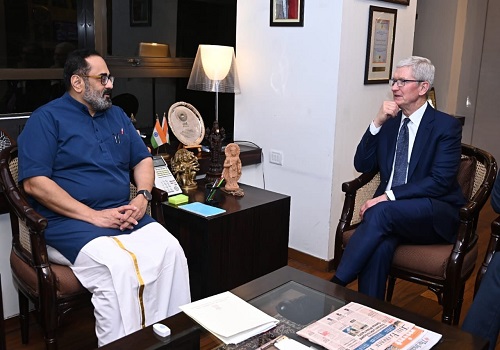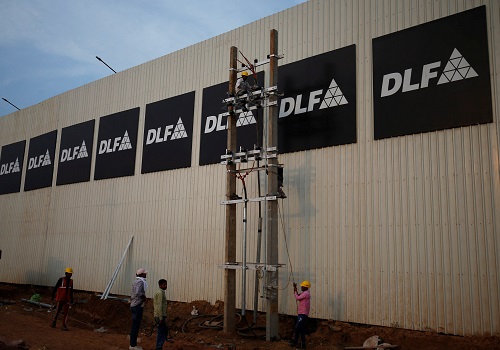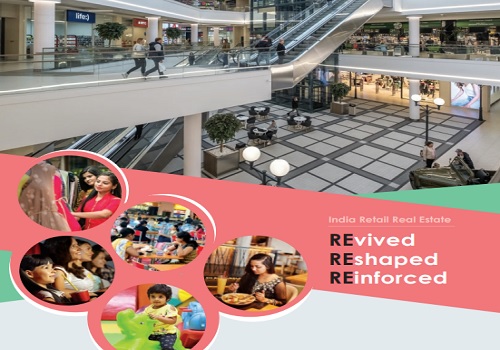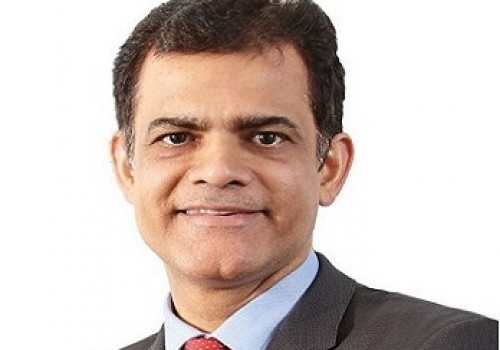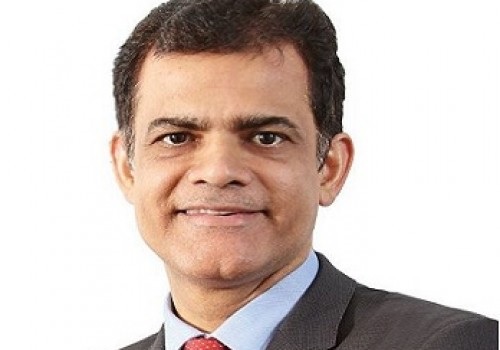View On Site Offices : 'Jo Dikhta Hai, Wo Bikta Hai' By Sunil Mishra, ANAROCK Group

Follow us Now on Telegram ! Get daily 10 - 12 important updates on Business, Finance and Investment. Join our Telegram Channel
Below are Views On Site Offices : 'Jo Dikhta Hai, Wo Bikta Hai' By Sunil Mishra, Head – Strategy, ANAROCK Group
The sales office - property buyers see it at every new housing project site but probably cannot guess how much thought and investment has gone into creating it. The sales/site office or sales gallery is an integral and vitally important part of the entire real estate transaction lifecycle. A project's sales prospects decrease drastically without an attractive and well-functioning sales office to display its USPs to best advantage, handle walk-ins, and manage scheduled site visits.
When we visit a mall, our senses immediately take in (and respond to) the creativeness of displays. The appreciation and response process is almost entirely subconscious - but as most retailers and mall developers know, it is by far the most powerful marketing tool. Naturally, the stakes in selling properties are much higher for both buyers and sellers.
Today, the site office is an inalienable feature in housing projects from affordable to mid-segment and luxury.
A Short History
The professionally crafted on-site sales office is still a fairly new phenomenon in India. Before expert agencies began to perfect the art of 'mega-conversion' sales offices, housing sales in India used to take place from Portacabins or sample flats. The sales office concept was first introduced in select luxury projects to give buyers a more experiential sense of the developer's offering. The concept was eventually adapted even at affordable housing projects to accommodate more customers on the site and streamline the sales processes to increase conversions.
The sales office has evolved to become an indispensable part of the overall property marketing process. At an under-development housing project construction site, the sales office creates the very first impression in the minds of potential customers. Here, the marketing team gets the only real opportunity to showcase the virtues, benefits, and appeal of a project that has yet to come into existence.
As the project's development gathers pace, the site office supplements and helps complete the visible signs of progress, helping customers to visualize how life will be once they move in.
Most customers may see the sales office only once or twice, but it must obviously remain functional and effective for much longer. It is by no means a use-and-dispose feature and has a rather prolonged lifecycle. We see that in mid-to-large real estate developments, it remains in place for at least 2-3 years from the day of launch, until at least 90% of the project's overall inventory is sold, or until the space it occupies is eventually required for the final development push.
That is a long time, and developers must make considerable effort to ensure that it serves its full purpose over such a period. Considering its vital function in the overall project marketing process, they invest significant resources into their sales offices. The capital investment can range from INR 60-70 lakh to INR 2-5 Cr, depending on the scale and scope of the project. The actual cost of erecting and maintaining a good sales office usually comes to as much as 0.5% of the total project cost.
There are distinct advantages to making the sales office part of a permanent structure rather than investing in a temporary sales office. Many developers make the sales office a part of the clubhouse, which is finally handed over to the housing society. This way, it becomes an asset that homebuyers inherit - adding to the overall value proposition and reducing setup and maintenance costs.
The size of a sales office is usually anything from 1200 sq. ft. to 5000 sq.ft., and some township sales galleries are as large as 8000-10000 sq. ft. of covered area. For larger new phase launches, developers invariably refurbish or build new sales offices and show flats.
'Jo Dikhta Hai, Wo Bikta Hai'
How big a role does site offices play in the overall project marketing? How much do they usually add to the final revenues? Fair questions. The fact is that until the project is fully developed and occupied, the sales or site office is its nerve centre. Apart from the online space, it is the primary bridge connecting developers to their customers and vice versa. From here, customers can seek and obtain critical information and clear doubts and queries.
The sales office is also the place where price negotiations take place, and cheques are signed. With the exclusion of NRI customers, almost 100% of property transactions take place at the site office. Not only is the sales office effectively the developer's Point of Sale (POS), but in the case of new launches, the customer's entire physical property experience happens there. 80-85% of a project's sales can be attributed to an on-site sales office.
Moreover, customers' positive experience at a good sales office becomes a matter of word-of-mouth promotion, which increases the site visits rate. In terms of revenue, a good sales office with a streamlined and aesthetically pleasing process can increase the conversion ratio by 4-5%. Moreover, the quality of the site office can lead to better per-unit revenue for the developer. Overall, a good sales office
Even in new markets, the combination of a developer's brand and an excellent site/sales office can deliver adequate sales numbers even without show flats. Grade A and B developers can expect a sales boost of as much 50% in mature markets by investing in a superb site office. Creating an impactful site office is now largely entrusted to specialist marketing agencies who understand all the audio-visual nuances that positively impact buyer psychology.
Examples of effective site offices
The Pan-India Joyville line of projects and Northern Lights in Thane benefitted greatly from superlative site offices in the affordable segment. In the mid-segment, ParkWest (Bengaluru), Capitol Heights (Nagpur), and Tritvam (Kochi) saw site offices proving to be very effective 'sales converters'. In the luxury and ultra-luxury segments, The Imperial (Mumbai) and Imperial Avenue (Dubai) have helped ultra-HNIs to impactfully visualize and redefine their end-use requirements thanks to well-crafted site offices.
Some of India's best sales galleries can currently be seen at the sites of Lodha Group in Mumbai, DLF, Sumitomo and M3M in Delhi-NCR, and Embassy and Sobha in Bengaluru.
Above views are of the author and not of the website kindly read disclaimer
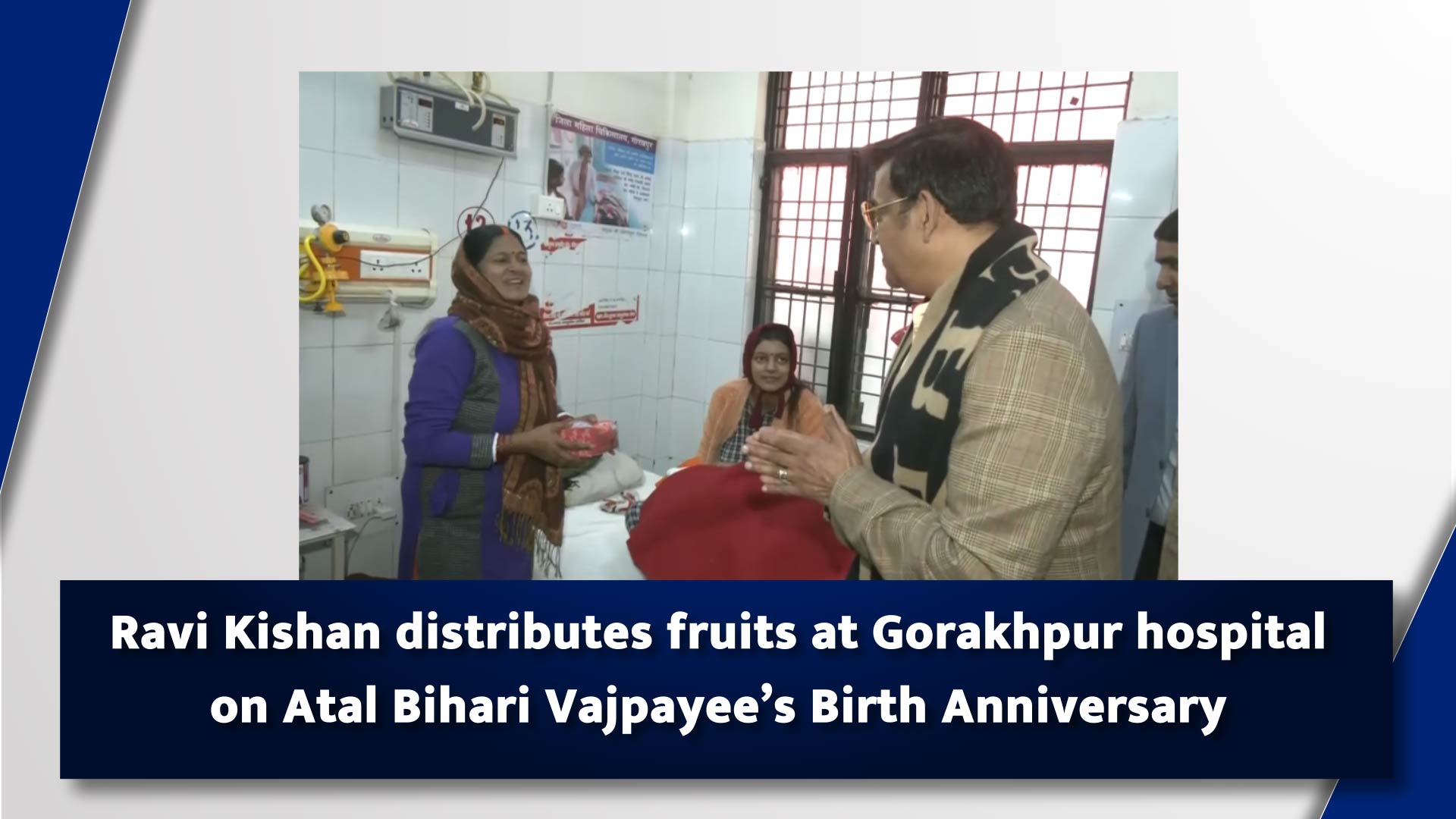
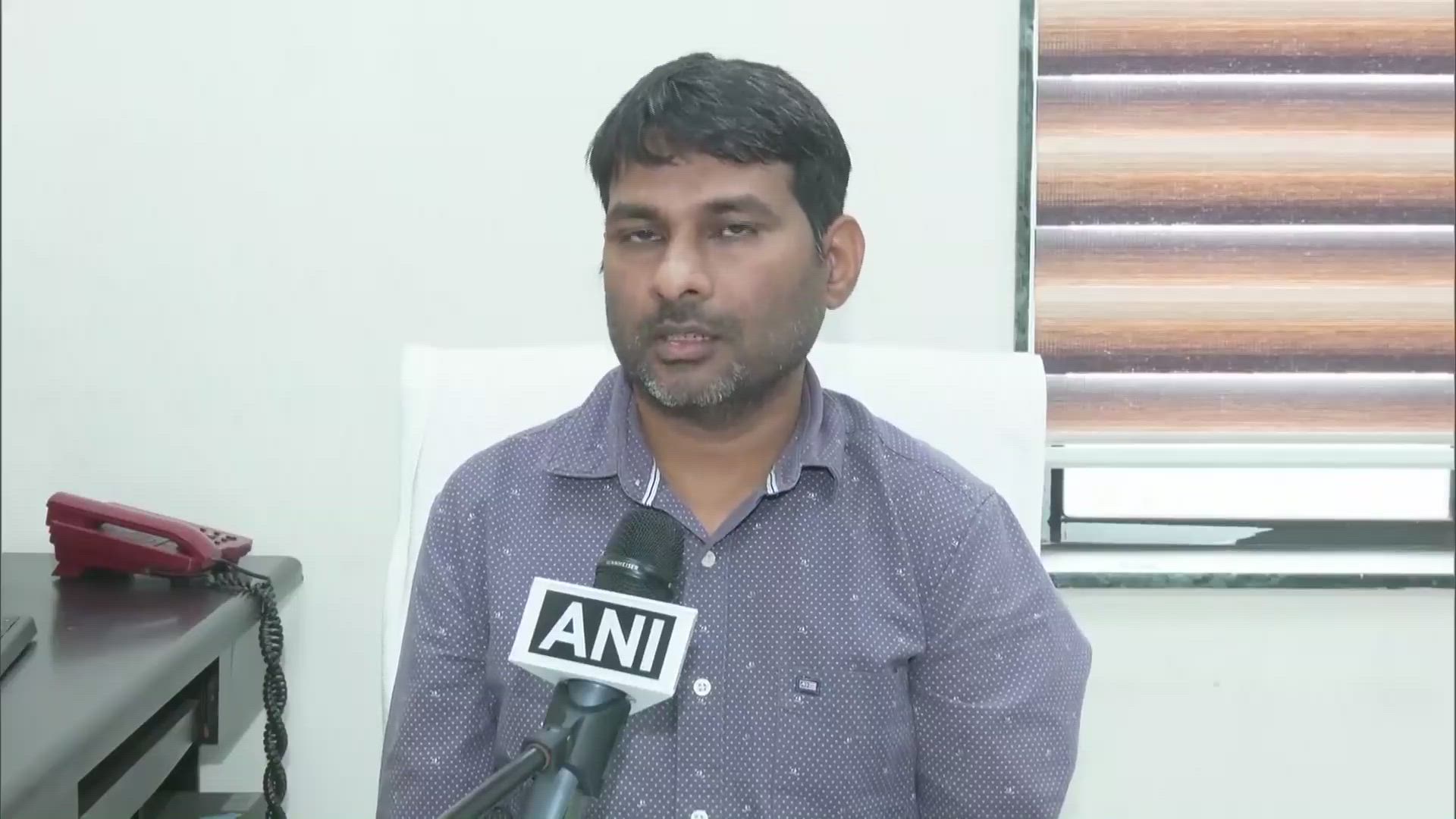


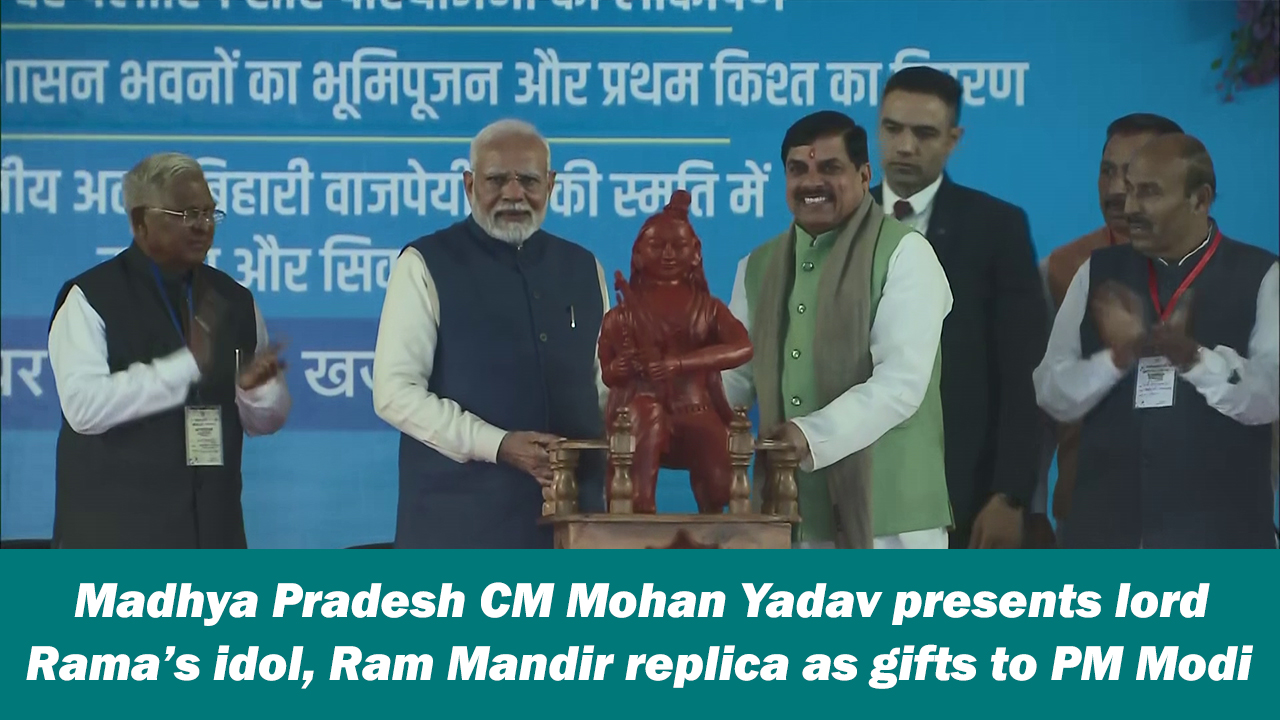
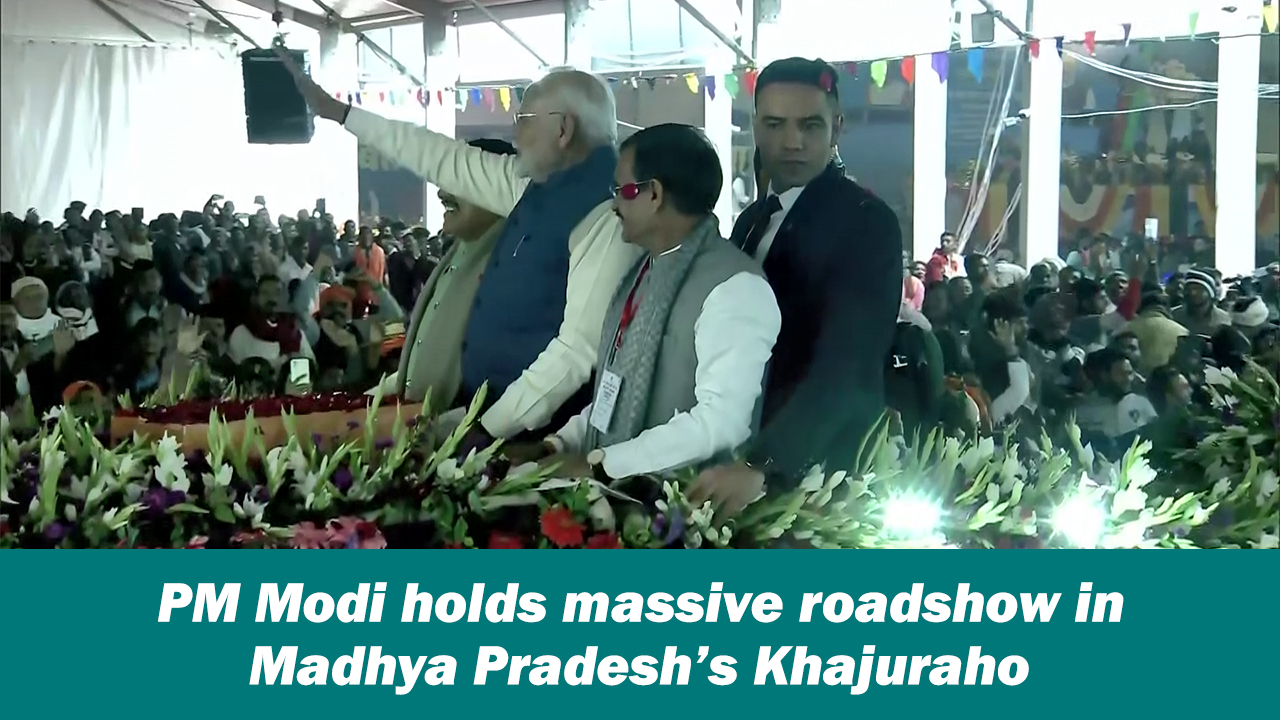
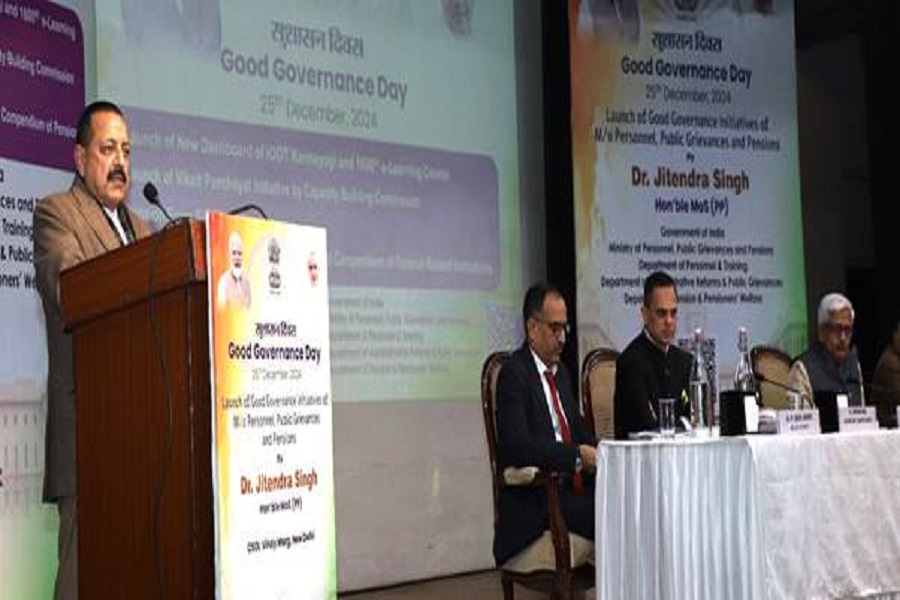
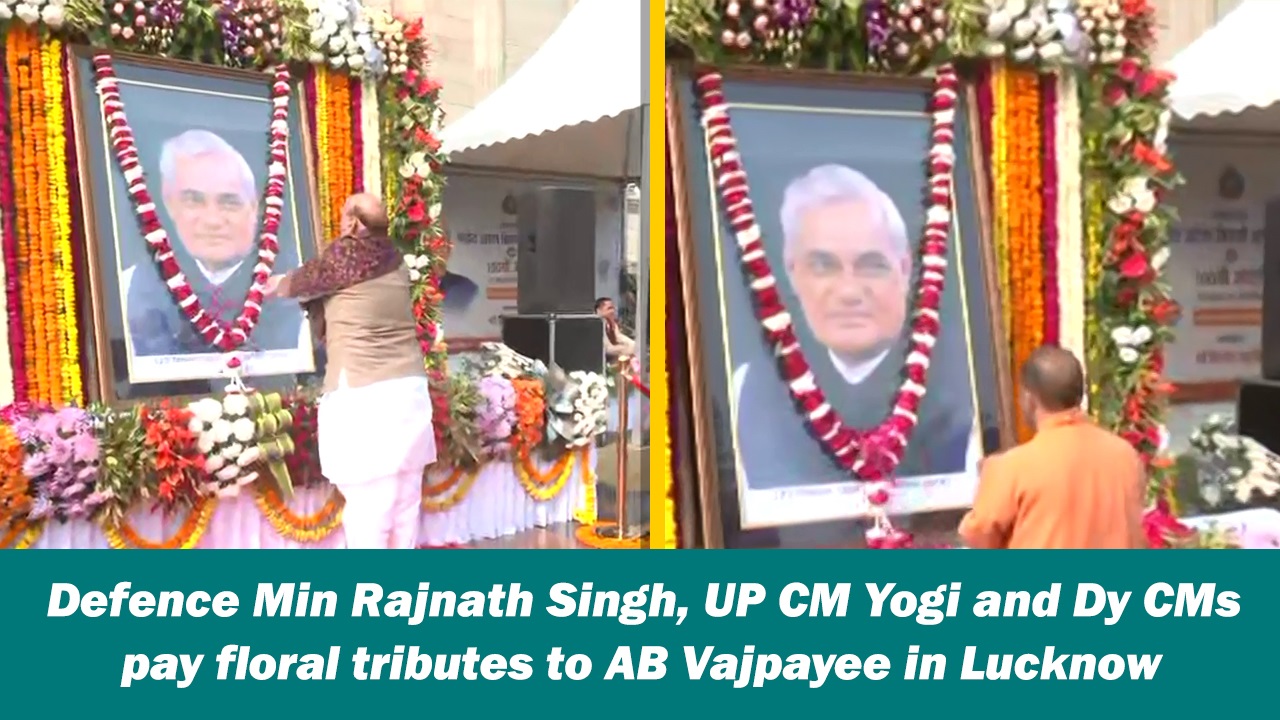

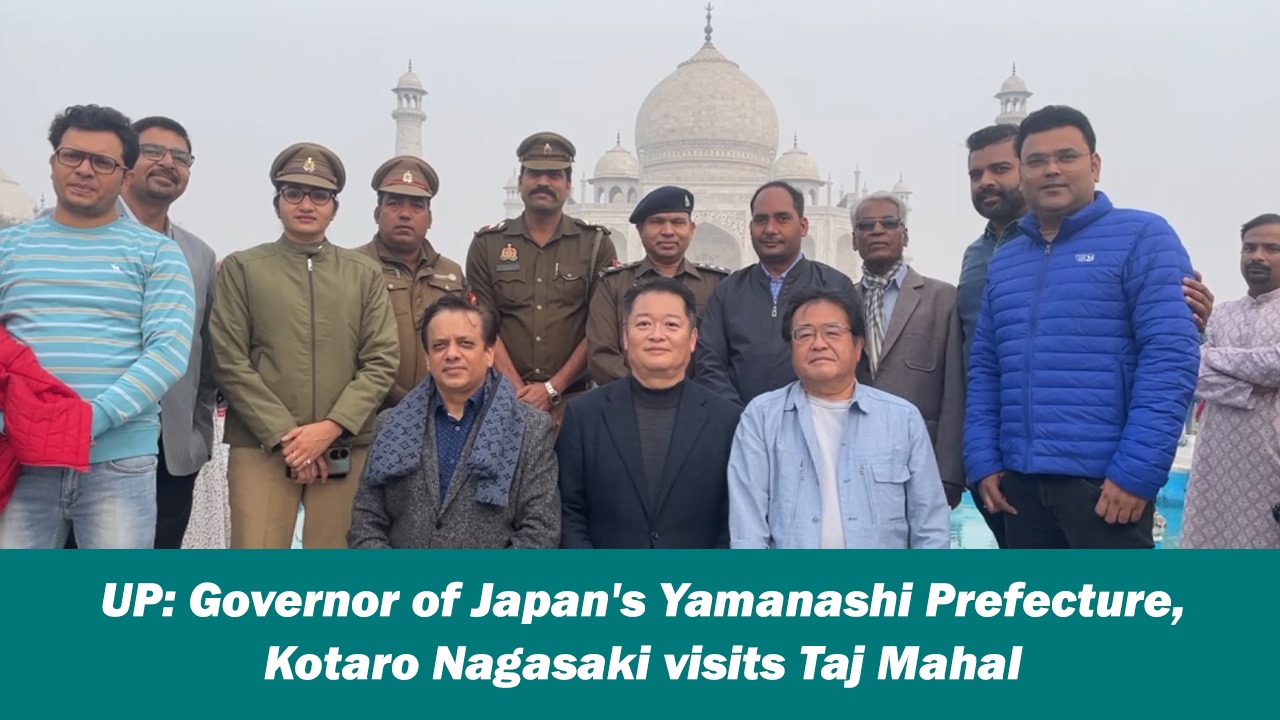


 320-x-100_uti_gold.jpg" alt="Advertisement">
320-x-100_uti_gold.jpg" alt="Advertisement">

